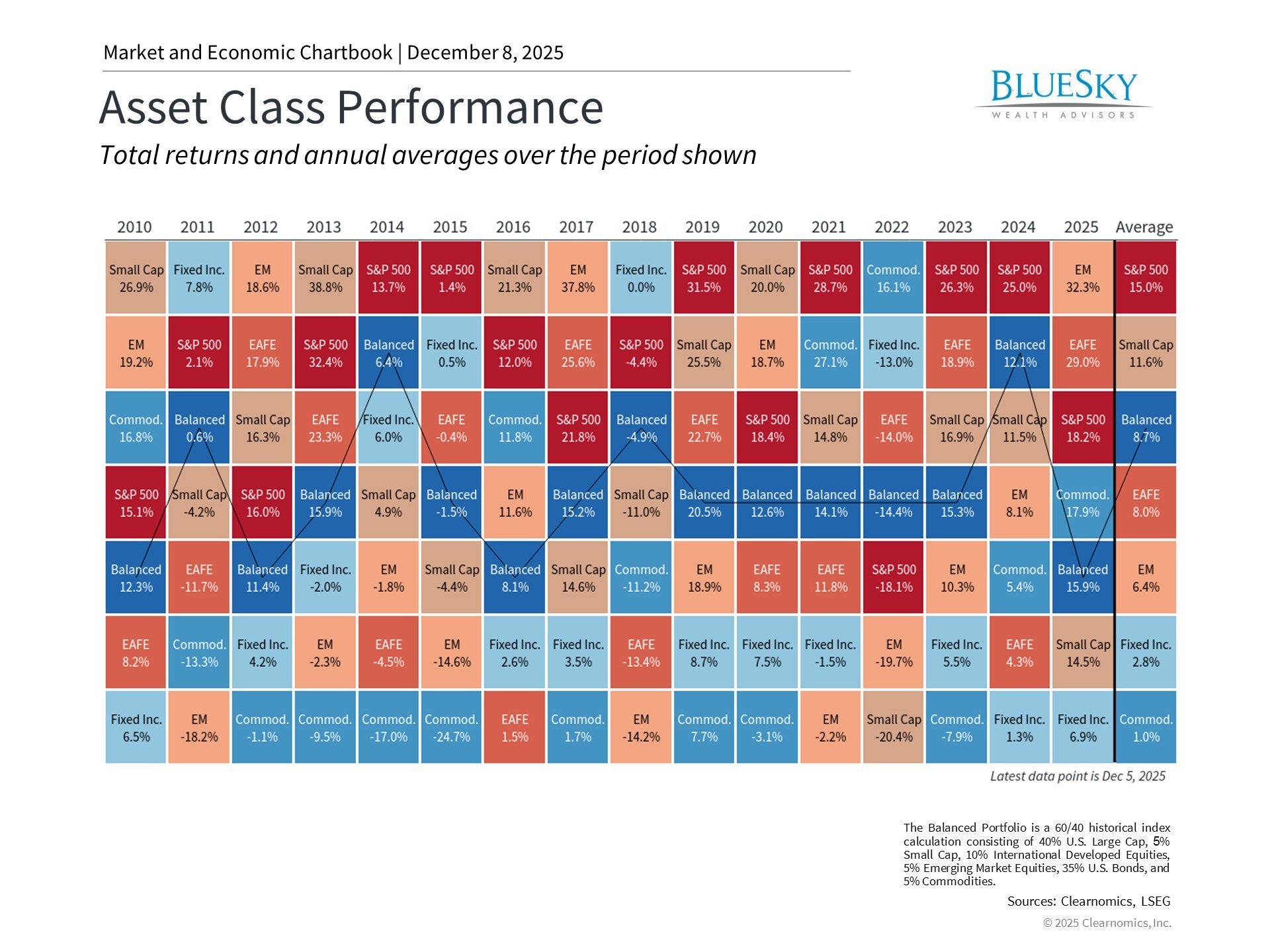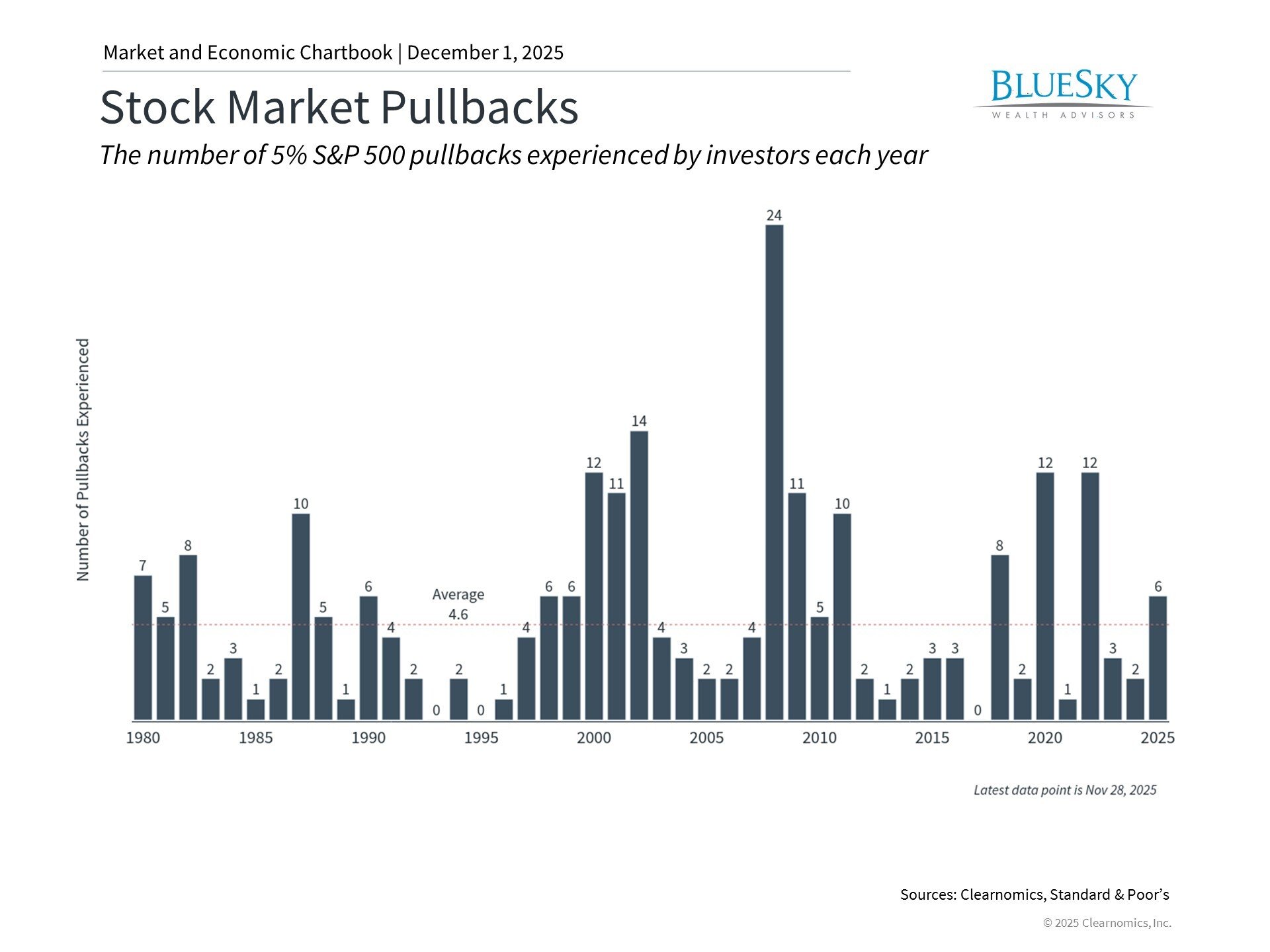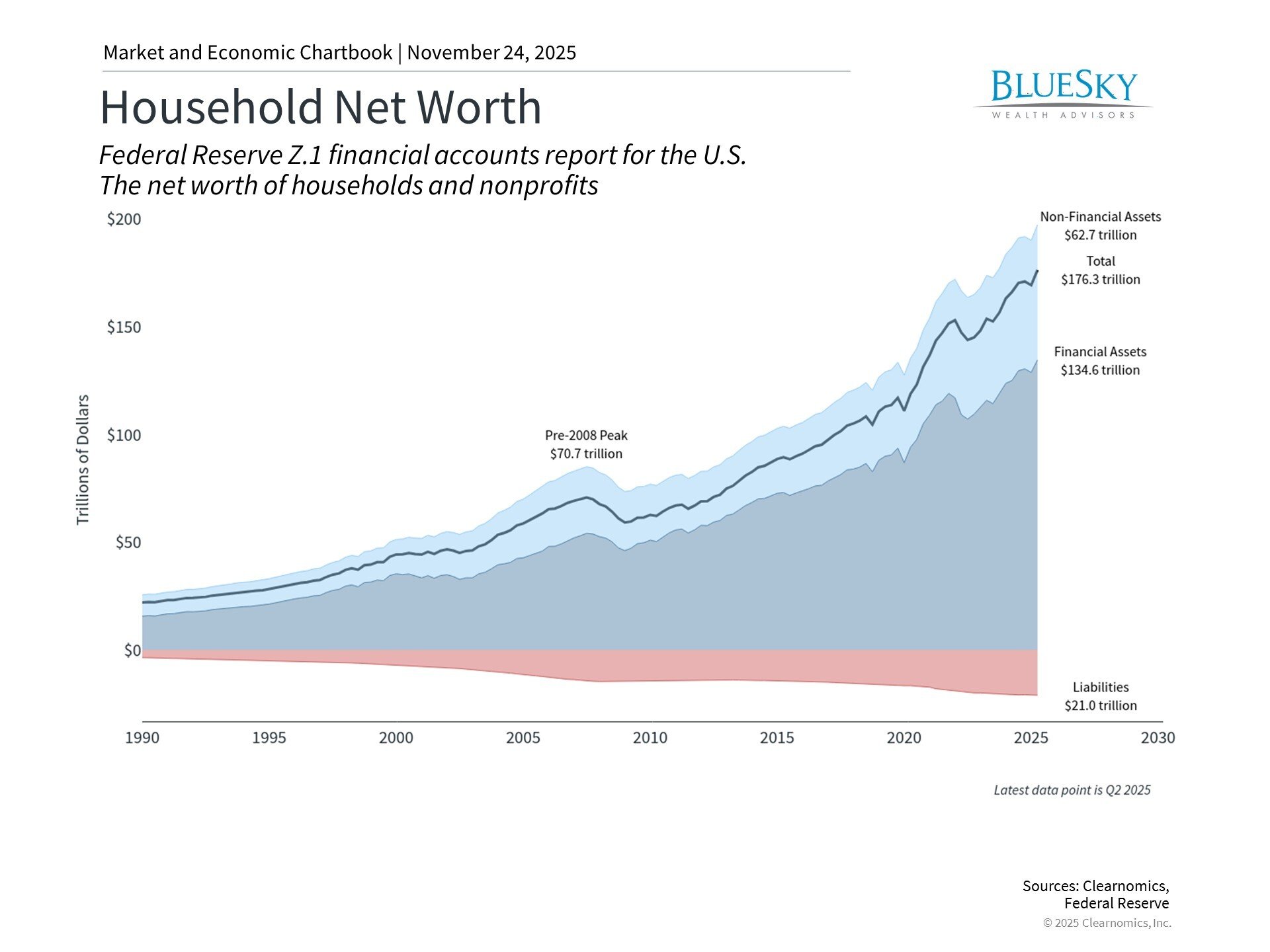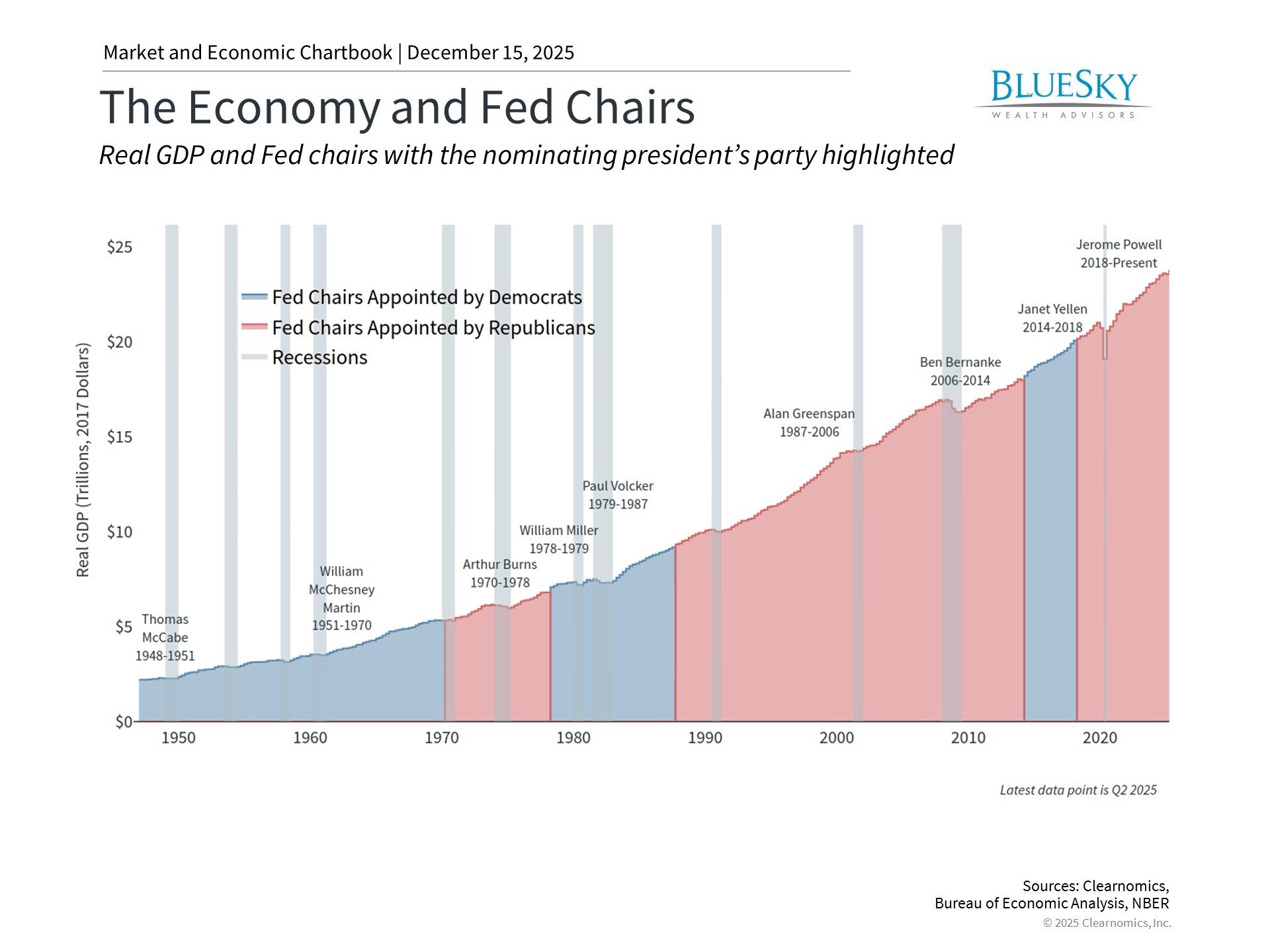
How Corporate Taxes Could Impact Markets This Election Season
How Corporate Taxes Could Impact Markets This Election Season
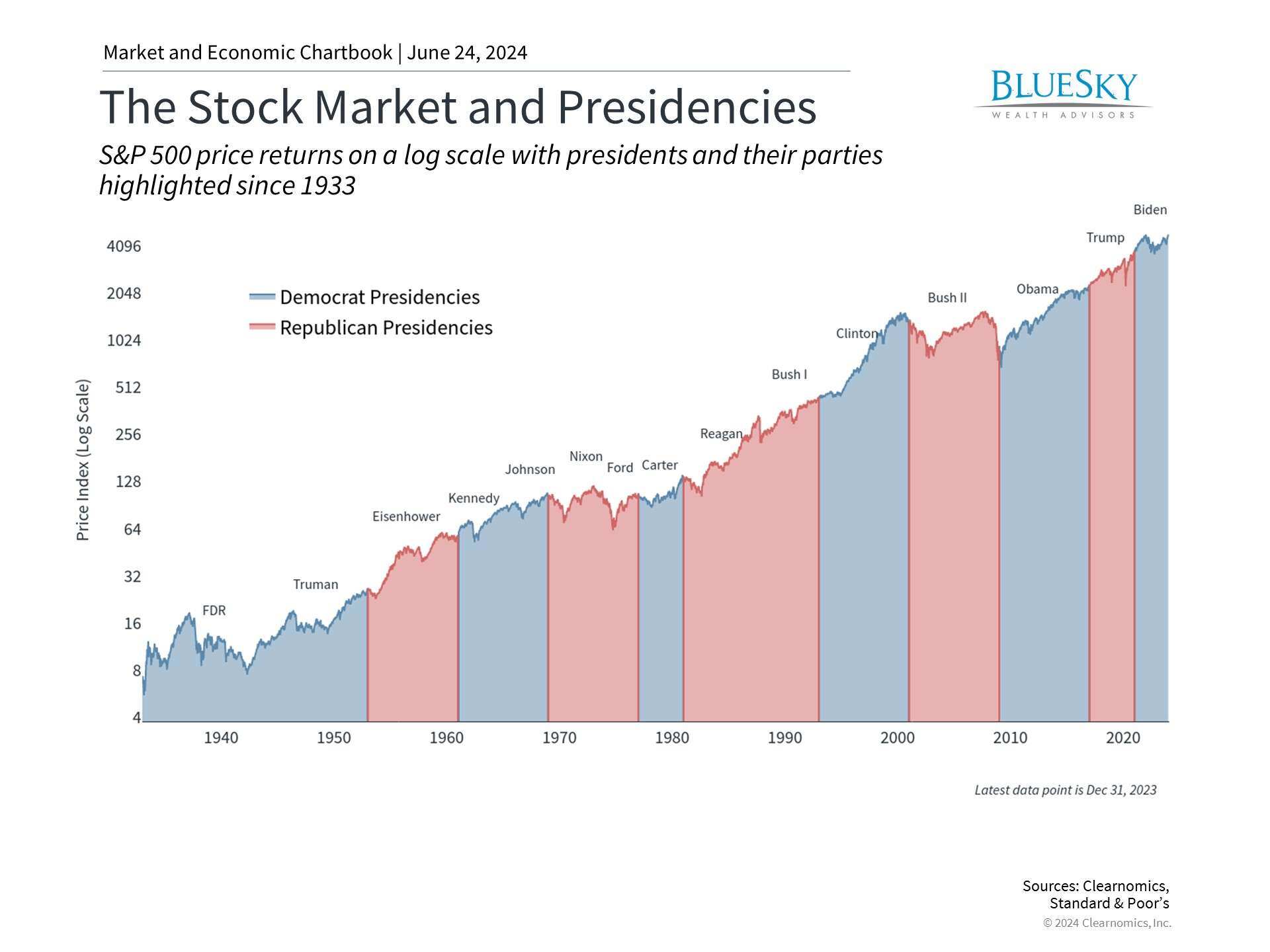
As the presidential debate season kicks off, the current and former presidents’ divergent approaches to taxes will be on display. Naturally, this is a controversial topic fueled by strong political views on our nation’s priorities, government spending, entitlement programs, fairness around taxation, and much more. While taxes affect all parts of our financial lives, their impact on the stock market is not what many might guess. As the rhetoric from both sides of the aisle heats up, how can investors stay level-headed and stick to their long-term financial plans?
Tax rates have fluctuated throughout history

Investors often focus on corporate tax rates because they can directly affect the profitability of large companies and thus their share prices. However, tax rates and the nation’s philosophy around taxes have both fluctuated throughout history. As the accompanying chart shows, corporate and individual tax rates were higher for much of the 20th century before declining during the Reagan era. The stereotype of each party is that Republicans favor lower taxes while Democrats support higher rates, particularly for corporate income taxes. Of course, the exact priorities and proposals of each party have evolved over the decades, especially around balancing the budget.
The cornerstone of President Trump’s tax policy was the 2017 Tax Cuts and Jobs Act, which reduced the corporate tax rate from 35% to 21%. To put that in context, the U.S. previously had the highest corporate tax rate of any OECD country, and the reduction puts us just below the OECD average. The corporate tax rate peaked at 52.8% in the late 1960s, although changing tax brackets make historical corporate tax comparisons challenging. Also, what corporations actually pay can differ significantly from statutory rates.
Unlike individual tax rates, the 2017 corporate tax cut is not set to expire, but can be changed by the party in power. While it is still early in the election cycle and the candidates’ platforms may change, President Biden has proposed raising the corporate tax rate to 28% and the corporate alternative minimum tax rate (CAMT) to 21% from 15%. CAMT, created as part of the Inflation Reduction Act of 2022, is intended to ensure that large profitable companies pay at least a minimum amount of taxes. While President Trump’s proposals are not yet clear, he has suggested to business leaders that he would cut the corporate tax rate to 20%.
Corporate taxes have become less important over time

Politics aside, there is unfortunately no simple economic answer as to how taxes impact growth and markets. One important concept is known as the “Laffer curve” – the idea that tax receipts rise as tax rates do, but only up to a point. Ideally, tax policy balances societal priorities with economic growth.
Proponents of cutting the corporate tax rate argue that lower taxes give companies long-term incentives to invest in productivity and can boost global competitiveness. In theory, corporate taxes are really taxes on individuals including shareholders, workers, customers, etc. On the other hand, given the ever-growing federal deficit and debt, proponents of raising corporate taxes argue that it is an important way to raise needed revenue.
As the accompanying chart shows, the share of revenue from corporate taxes has declined dramatically from 27% in 1950 to just 9.4% today. In contrast, individual income taxes have remained an important share of government receipts, growing from 40% to 49% over the same period. Social insurance and retirement receipts have helped to make up the difference, rising to 36.4% from 11.0%, as other taxes including excise taxes have declined in importance as a source of government funding.
Thus, although corporate taxes receive significant attention from investors, the reality is that they make up a relatively small fraction of total tax revenues today. While it may seem counterintuitive, history shows that the stock market has performed well across different tax regimes. This is partly because corporations adapt to new tax rules quickly and minimize their tax bills through a variety of strategies. It’s also because recent presidents have tended to maintain existing tax policies to avoid raising tax burdens.
With that said, the other side of the tax coin is the level of government spending. Today, there is no clear path to reducing spending to lower the debt and deficit. In fact, the Congressional Budget Office has revised their estimates for the cumulative deficit from 2025 to 2034 up by $2.1 trillion dollars, roughly 10%. The growing national debt and mounting interest payments make it likely that additional revenue will be needed to plug this gap in the future.
Growth happens under both parties

Ultimately, when it comes to market performance, investors should not overreact to broad tax policy changes or political outcomes. The chart above shows that the stock market has performed well under both parties across a variety of tax regimes and other policies. This is because market returns depend far more on business cycles which typically last many years and decades, making them less sensitive to individual policy changes. The idea that markets will crash solely because of the outcome of an election or a change in tax policy is not supported by history.
Of course, achieving our financial goals is not just about market returns. When it comes to our personal financial plans, tax and estate planning could not be more important. Investors concerned about the impact of specific tax policies are encouraged to seek the advice of a trusted financial advisor.
The bottom line? While tax policies will be at the center of the upcoming election, investors should maintain a broader perspective. Staying invested is still the best way to achieve financial goals across different political outcomes.
Copyright (c) 2024 Clearnomics, Inc. All rights reserved. The information contained herein has been obtained from sources believed to be reliable, but is not necessarily complete and its accuracy cannot be guaranteed. No representation or warranty, express or implied, is made as to the fairness, accuracy, completeness, or correctness of the information and opinions contained herein. The views and the other information provided are subject to change without notice. All reports posted on or via www.clearnomics.com or any affiliated websites, applications, or services are issued without regard to the specific investment objectives, financial situation, or particular needs of any specific recipient and are not to be construed as a solicitation or an offer to buy or sell any securities or related financial instruments. Past performance is not necessarily a guide to future results. Company fundamentals and earnings may be mentioned occasionally, but should not be construed as a recommendation to buy, sell, or hold the company’s stock. Predictions, forecasts, and estimates for any and all markets should not be construed as recommendations to buy, sell, or hold any security–including mutual funds, futures contracts, and exchange traded funds, or any similar instruments. The text, images, and other materials contained or displayed in this report are proprietary to Clearnomics, Inc. and constitute valuable intellectual property. All unauthorized reproduction or other use of material from Clearnomics, Inc. shall be deemed willful infringement(s) of this copyright and other proprietary and intellectual property rights, including but not limited to, rights of privacy. Clearnomics, Inc. expressly reserves all rights in connection with its intellectual property, including without limitation the right to block the transfer of its products and services and/or to track usage thereof, through electronic tracking technology, and all other lawful means, now known or hereafter devised. Clearnomics, Inc. reserves the right, without further notice, to pursue to the fullest extent allowed by the law any and all criminal and civil remedies for the violation of its rights.

